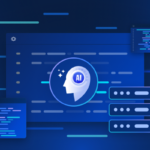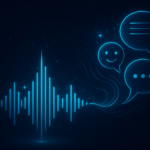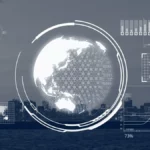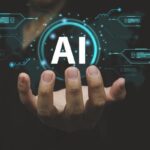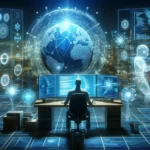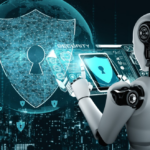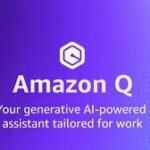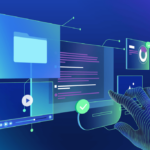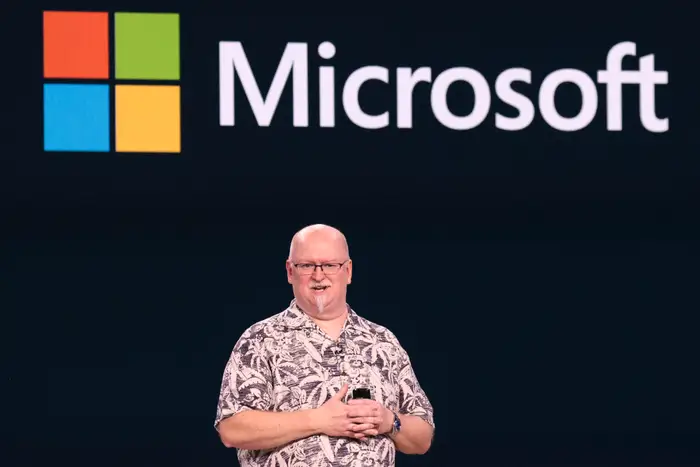
Artificial Intelligence is no longer just a supportive tool—it’s evolving into an active participant in how we live, work, and build technology. In a thought-provoking and highly insightful conversation, Microsoft CTO Kevin Scott unpacks the next era of AI agents—smart systems that go beyond giving answers to becoming autonomous collaborators.
In under 30 minutes, Kevin delivers a compelling narrative about how AI agents are poised to transform our digital ecosystem, paving the way for what he calls the “agentic web.” This blog decodes his key messages, the implications for developers and enterprises, and why this shift matters now more than ever.
Redefining AI Agents: From Assistants to Autonomous Collaborators
Traditional AI tools—like voice assistants or chatbots—have mostly operated in a reactive mode. They wait for a prompt, respond to commands, and rarely demonstrate any initiative. But the new generation of AI agents being championed by Microsoft flips that model.
Kevin Scott describes AI agents as systems that:
- Understand goals,
- Break them into actionable steps,
- Choose tools and paths to complete those steps,
- And operate autonomously on behalf of the user.
“It’s like having a capable team member that doesn’t sleep, doesn’t get tired, and learns fast.” — Kevin Scott
These agents don’t just respond—they reason, plan, and adapt in real time. They’re capable of identifying issues, solving problems, and improving processes with minimal human intervention.
The Rise of the Agentic Web
At the core of Microsoft’s vision is the concept of the “agentic web”—a future where digital agents can move across applications, websites, platforms, and services just like humans do, but at machine speed and scale.
Imagine a future where:
- An AI agent handles all of your email triage in the background.
- Another agent manages your cloud infrastructure, self-healing when issues arise.
- A research agent combs the internet to summarize insights and present visual data.
Kevin emphasizes that agent interoperability—the ability for agents to collaborate and move freely—is critical. Microsoft is working on open protocols like Model Context Protocol (MCP) to make this a reality, allowing agents to function across services, ecosystems, and devices without being siloed.
How This Is Already Happening
Microsoft isn’t just talking about this—they’re building it into their products. Some examples Kevin shared include:
1. Azure AI Agents
Microsoft has introduced SRE agents into Azure, capable of debugging, monitoring, and remediating issues on their own. These agents use telemetry, logs, and defined rules to take intelligent actions, reducing the need for human escalation.
2. Copilot Customization Tools
With the rise of Copilot Tuning, businesses can now train agents on their own internal data, shaping them to match unique workflows, language, and logic. This is a leap toward personalized AI teams.
3. GitHub Copilot and DevOps Agents
GitHub Copilot isn’t just about code completion anymore. It now includes DevOps integration, allowing agents to initiate deployments, write infrastructure as code, and resolve bugs during CI/CD processes—all while collaborating with developers in real-time.
Why This Matters for the Future of Work
The potential here is massive—and not just for developers or AI researchers. AI agents are set to reshape job roles, team dynamics, and enterprise workflows.
Key Benefits:
- ✅ Increased Efficiency: Routine tasks can be fully delegated, freeing up human time for creativity and strategy.
- ✅ Scale Without Burnout: Businesses can scale operations with a digital workforce of agents.
- ✅ Continuous Learning: AI agents improve continuously by learning from interactions and outcomes.
- ✅ Enhanced Collaboration: Teams will include both humans and agents, with agents taking on complex supporting roles.
This isn’t science fiction—it’s already being prototyped, refined, and deployed by Microsoft and partners.
What’s Next in the Agent Evolution
Kevin outlines several major trends we can expect over the next 1–2 years:
1. Increased Autonomy
Agents will go beyond task execution to goal discovery—identifying what needs to be done without explicit instruction.
2. Agent-to-Agent Collaboration
Instead of single agents working in silos, we’ll see multi-agent systems where different AI agents interact with each other—sharing data, delegating subtasks, and optimizing outcomes.
3. Security and Trust Frameworks
As these systems grow, so does the importance of transparency and governance. Microsoft is focused on improving protocols like OAuth to ensure agents act securely, ethically, and within limits.
4. Natural Language Interfaces Everywhere
With language models becoming central to interface design, expect natural language to become the primary programming interface—whether for business tools, analytics, or infrastructure management.
What Should You Do Now?
Whether you’re a developer, team leader, or business decision-maker—here’s how to start preparing:
- Start Small: Explore existing Copilot tools or Azure agents to see what’s already possible.
- Build Awareness: Educate teams about what agents can do and how they’ll evolve.
- Invest in Integration: Begin identifying workflows that could be automated or optimized with agents.
- Champion Governance: Set boundaries and safeguards around agent autonomy, especially when handling sensitive data.
Final Thoughts
Kevin Scott’s perspective is not just a prediction—it’s a strategic roadmap for how Microsoft is helping shape the next generation of digital experiences. In this future, AI agents are no longer tools. They are trusted collaborators, digital peers, and essential team members.
The age of the agent isn’t coming—it’s already here. Are you ready to work with your AI teammate?
Watch the full conversation here:
The Future of Programming, AI Agents & More – Microsoft CTO Kevin Scott
Follow us for more Updates

